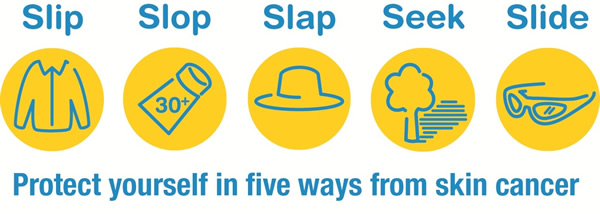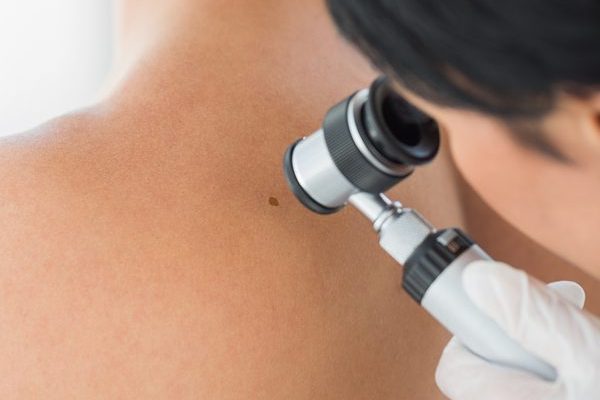News
Time for a spot check?
November 1, 2022
Australia has one of the highest rates of skin cancer in the world. About two in three Australians will be diagnosed with some form of skin cancer before the age of 70. Have you ever wondered if the mole on your body is cancerous?
Types of skin cancer
There are three main types of skin cancer, named after the type of skin cell they start from: basal cell carcinoma, squamous cell carcinoma and melanoma skin cancer.
Basal cell carcinoma
- Most common form of skin cancer but the least dangerous.
- Appear as round or flattened lump or scaly spots.
- Red, pale or pearly in colour.
- May become ulcerated, bleed and fail to heal.
- Grows slowly over months or years.
- Usually found on the upper body, head or neck.
Squamous cell carcinoma
- Less common, but more dangerous than basal cell carcinoma.
- 1-2% can spread and cause death.
- Look for scaly red areas that may bleed easily, ulcers or non-healing sores that are often painful.
- Grows over a period of months.
- Often found on lips, ears and scalp.
Melanoma skin cancer
- Least common but most serious form of skin cancer.
- Can appear in a new or an existing spot, freckle or mole that changes colour, size or shape.
- Grows over weeks to months anywhere on the body (not just areas that get lots of sun).
- If untreated, cancer cells can spread to other parts of the body.
UV damage to the skin
The following conditions are not cancer but may predispose you to skin cancer or be a warning sign that damage to the skin has occurred.
- Dysplastic naevi: Odd-shaped moles usually with uneven colouring that may indicate a greater risk of developing melanoma.
- Solar keratoses: Hard, red, scaly spots on sun-exposed areas of the skin, commonly occur on the head, neck and the backs of the hands.
Prevention
Skin cancer develops when a cell in the skin goes through a series of changes. Exposure to ultraviolet (UV) radiation is the main factor that causes skin cells to become cancer cells.
Remember to protect your skin in five ways and book in for regular skin checks with your doctor.
For more information, read about our Skin Check Clinic or visit the Cancer Council website.


